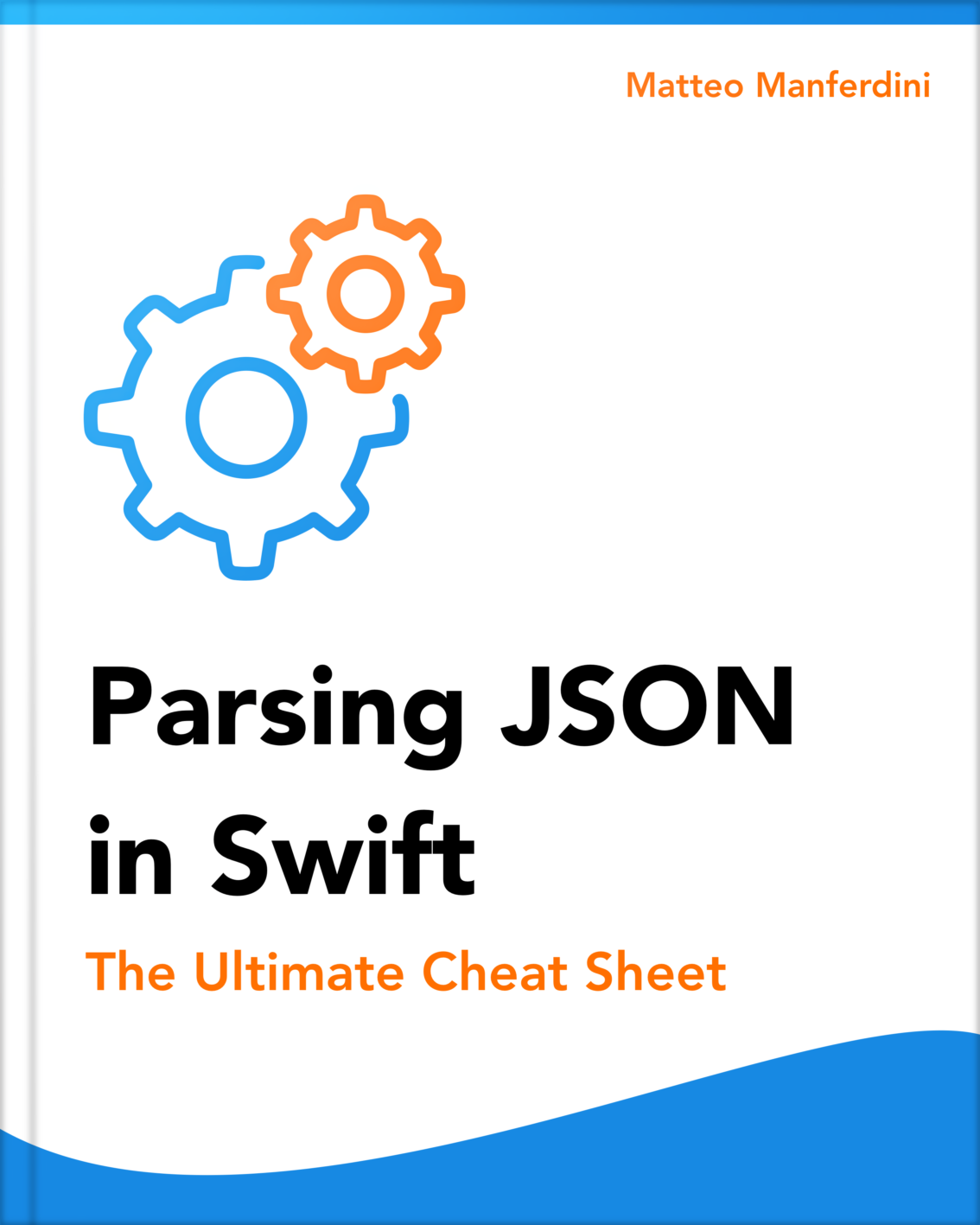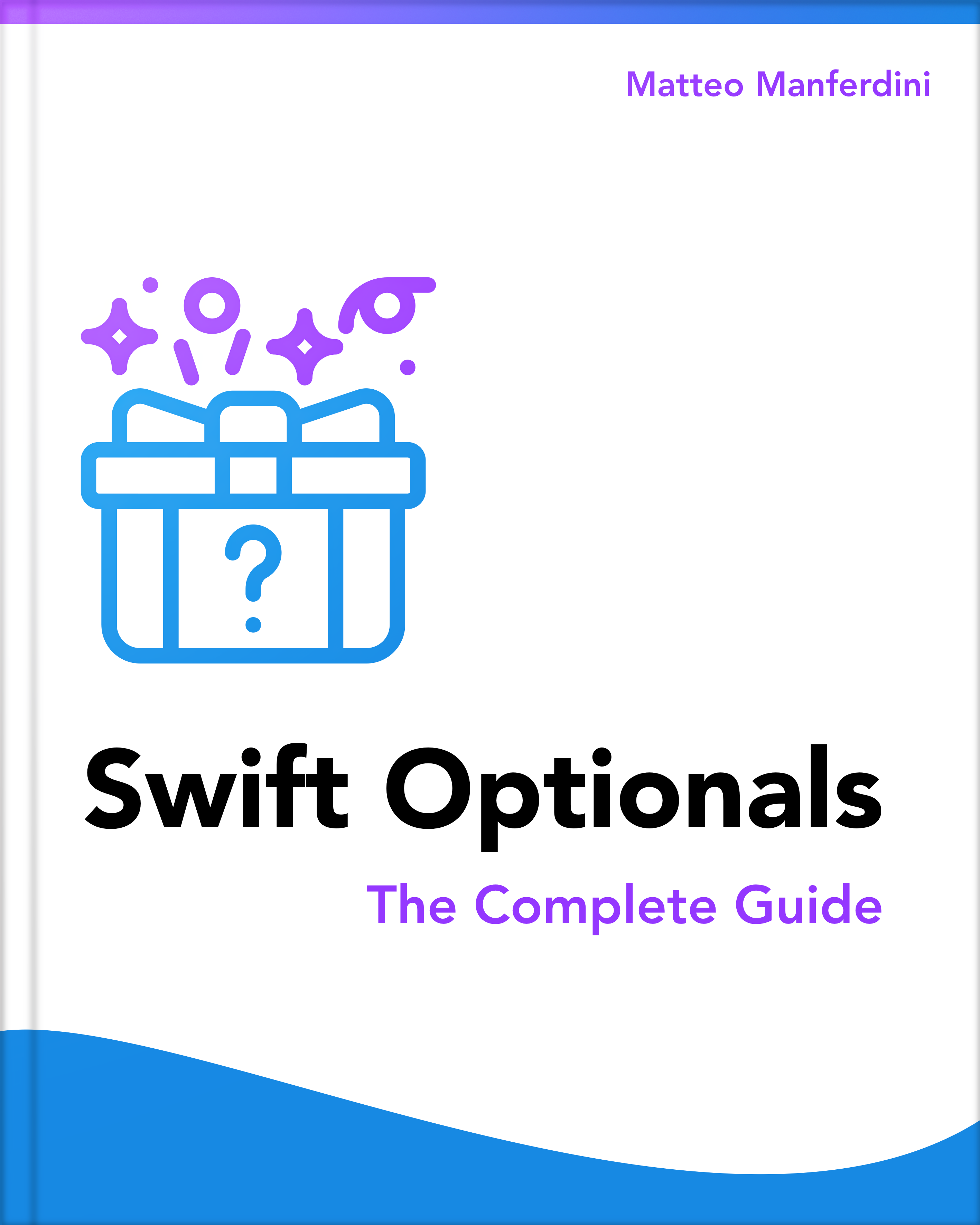AsyncImage is a convenient SwiftUI view that loads remote images using a URL. It’s especially useful in apps that interact with REST APIs since images are usually referenced using URLs in JSON data.
While Apple’s documentation might lead you to believe that AsyncImage caches the downloaded images, that is not the case. If you need image caching, you must implement your own custom solution.
Matteo has been developing apps for iOS since 2008. He has been teaching iOS development best practices to hundreds of students since 2015 and he is the developer of Vulcan, a macOS app to generate SwiftUI code. Before that he was a freelance iOS developer for small and big clients, including TomTom, Squla, Siilo, and Layar. Matteo got a master’s degree in computer science and computational logic at the University of Turin. In his spare time he dances and teaches tango.









